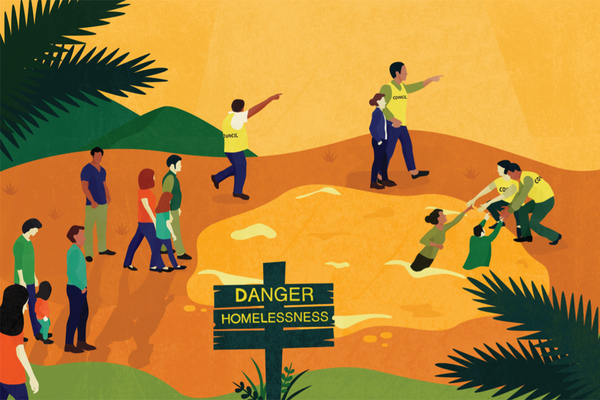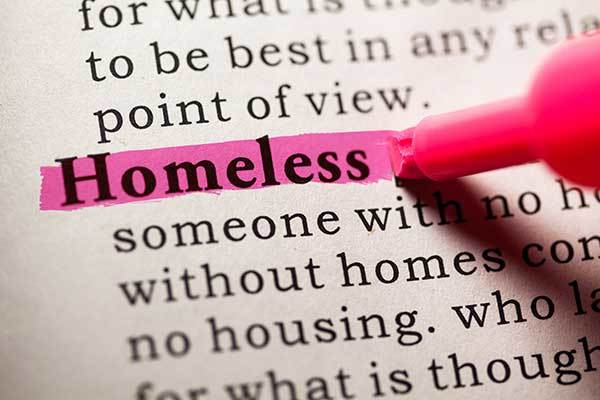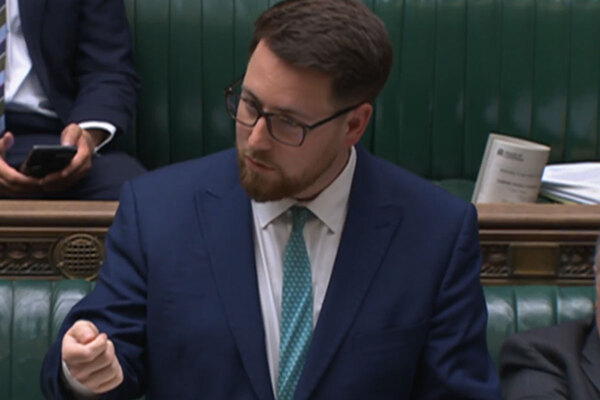You are viewing 1 of your 1 free articles
More than 100,000 young people ‘at risk of homelessness in the UK’
More than 100,000 young people across the UK were homeless or at risk of homelessness last year, with less than half being given meaningful support, according to research published today.
Youth homelessness charity Centrepoint used Freedom of Information Act responses from 205 councils to estimate 103,000 people aged 16-24 sought help from local authorities due to homelessness concerns between 2017 and 2018.
Its data shows only 13% were housed and 52% were not given any meaningful support.
This data covers the time up to the introduction of the Homelessness Reduction Act, which has been in place since April this year and means councils are required to assess and support all young people who ask for help regarding being at risk of homelessness.
The charity expressed scepticism over whether this is possible, estimating that over half of councils will need an additional £10.4m in funding in order to meet their new responsibilities.
All councils in England were allocated a new fund of £25m nationally, but Centrepoint’s report found 56% of the councils that gave it information only received around £5m combined, and suggested that they need almost 200% more.
Paul Noblet, head of media and public affairs at Centrepoint, said: “Our concern is [councils are] not necessarily going to have enough money to actually do what our government is requiring of them largely because the government hasn’t given them sufficient funding.”
The new research pinpoints the third biggest factor of homelessness in young people as the loss of rented accommodation, accounting for 12% of cases.
Mr Noblet said: “The government needs to look not only at how to prevent rough sleeping and homelessness but also there’s got to be investment in social housing.
“It’s really seeing homelessness as a series of steps which all need to be tackled. If one link in the chain breaks then the whole system falls down.”
The number of young people seeking council help for homelessness or risk of homelessness has fallen overall, but increased in rural areas.
Mr Noblet said this could cause extra problems for rural authorities as they lack the infrastructure to support a high number of people needing help.
However he was optimistic about some parts of the Homelessness Reduction Act, saying: “People are able to receive some kind of prevention relief before they get to being actually into homelessness and rough sleeping.
“I think this is where the Homelessness Reduction Act really will make a step forward.”
Today’s report also features five recommendations:
- The government should review the funding of the Homelessness Reduction Act in light of evidence on the scale of need.
- Central government should support local government to ensure that the new data system works.
- Data published should include youth-specific statistics and data on the scale of youth homelessness based on those in need, not just those receiving support.
- Local authorities should publish homelessness strategies.
- The government should commission a cross-departmental review of rural homelessness.
At a glance: Homelessness Reduction Act 2017
The Homelessness Reduction Act 2017 came into force in England on 3 April 2018.
The key measures:
- An extension of the period ‘threatened with homelessness’ from 28 to 56 days – this means a person is treated as being threatened with homelessness if it is likely they will become homeless within 56 days
- A duty to prevent homelessness for all eligible applicants threatened with homelessness, regardless of priority need
- A duty to relieve homelessness for all eligible homeless applicants, regardless of priority need
- A duty to refer – public services will need to notify a local authority if they come into contact with someone they think may be homeless or at risk of becoming homeless
- A duty for councils to provide advisory services on homelessness, preventing homelessness and people’s rights free of charge
- A duty to access all applicants' cases and agree a personalised plan













